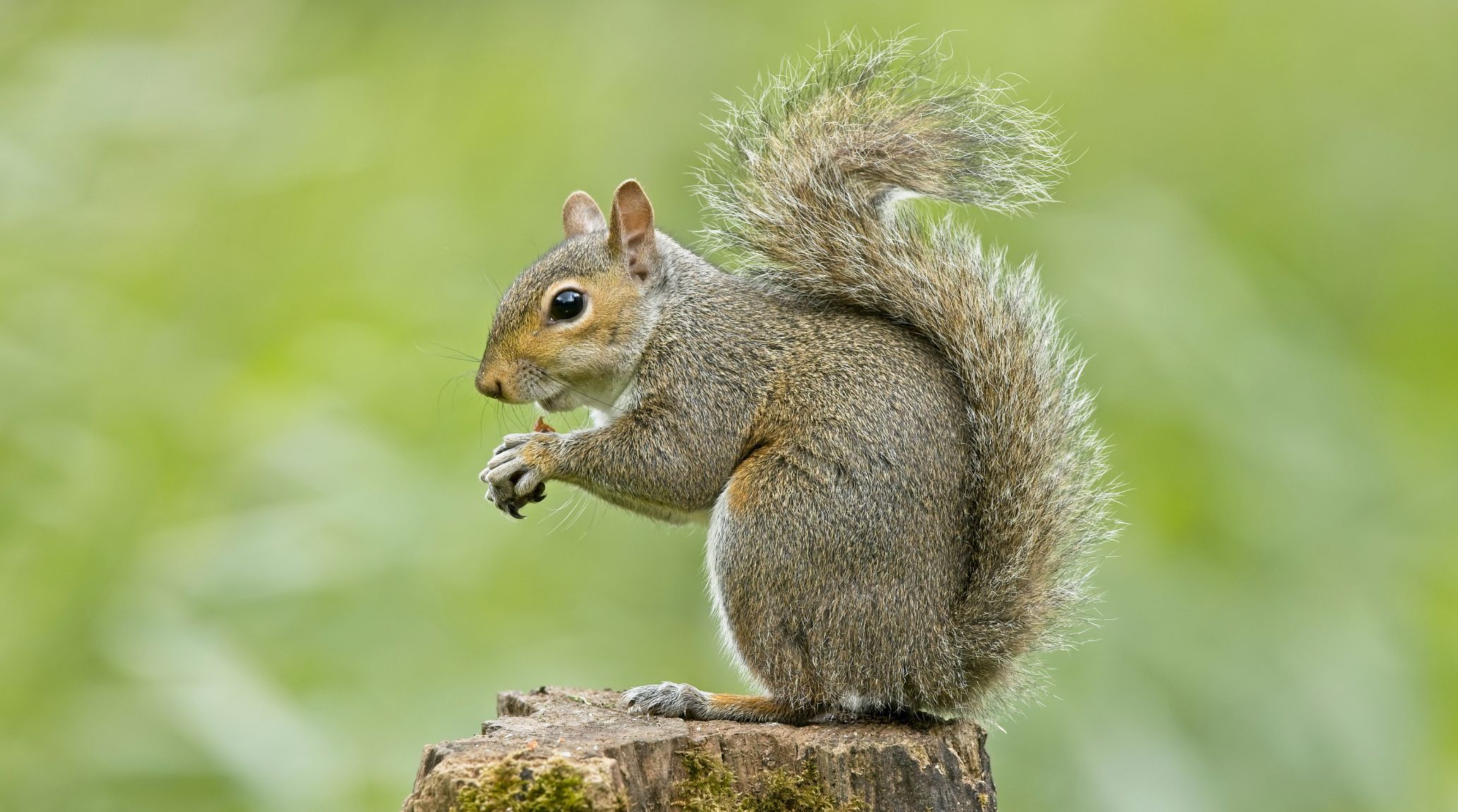
“
Squirrels captivate us with their boundless energy, remarkable adaptability, and unique behaviors. In this article, we'll uncover 20 fascinating squirrel facts that showcase their intelligence, survival skills, and ecological importance. Whether you're a nature enthusiast or simply curious about these charismatic creatures, prepare to be amazed by the wonders of the squirrel kingdom.1
1
”
Squirrels are found on every continent except Antarctica and Australia. There are over 200 species of squirrels, including tree squirrels, ground squirrels, and flying squirrels. 1
Some squirrels are surprisingly adept swimmers and can navigate through water with ease. They use their bushy tails as rudders to steer and can swim across streams or even small rivers when needed, showcasing their adaptability and agility.2
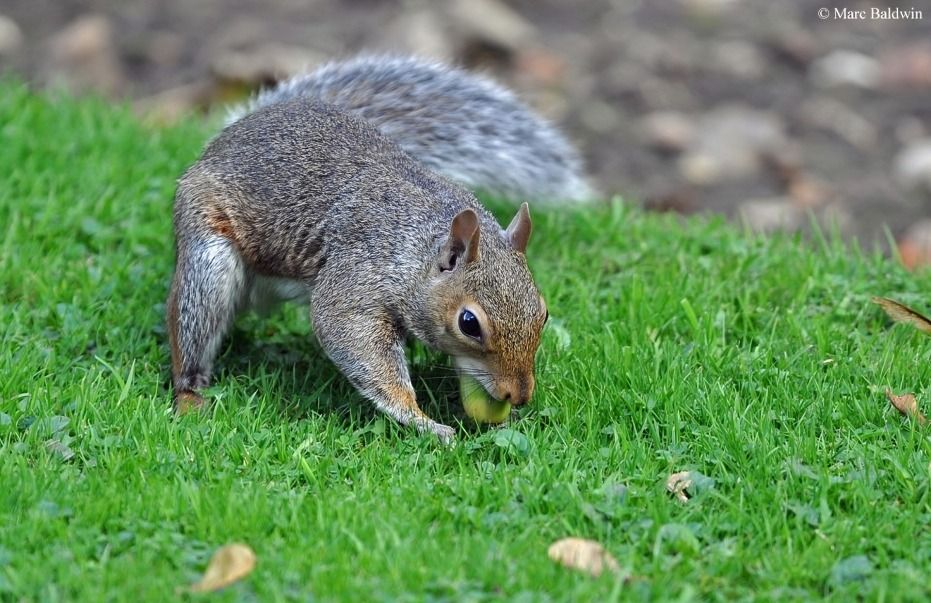
Squirrels often simulate burying a nut to deceive potential thieves. This behavior, known as "deceptive caching," helps protect their food supply by making it harder for competitors to find their actual stashes, ensuring a better chance of retrieval later.
In the wild, squirrels can live up to 12 years, depending on the species. Their longevity reflects their resilience and ability to adapt to different environments. This lifespan demonstrates their successful survival strategies.3
Squirrels can leap up to 10 times their body length, using their powerful legs to propel themselves between branches. This incredible jumping ability allows them to move swiftly through their arboreal habitats. Their agility is key to their survival.4
Their diet is varied, including nuts, seeds, fruits, fungi, and even small insects. This opportunistic feeding behavior makes them important foragers and essential components of their ecosystems' food chains. 5
Squirrels have remarkable memory skills, enabling them to locate hidden food caches months later. This ability ensures their survival during times when food is scarce. Their memory is a crucial adaptation for managing food resources.6
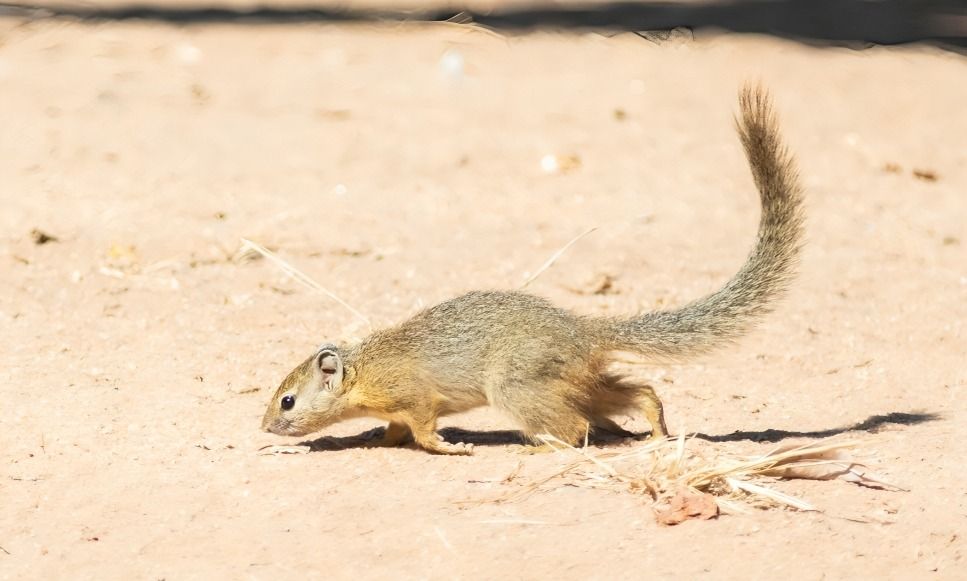
The smallest squirrel species, the African pygmy squirrel (Myosciurus pumilio), is native to Central Africa, including Cameroon and Gabon. It measures 6 to 7.5 cm in body length, with a 5 to 6 cm tail, making it slightly smaller than a house mouse.
Communication among squirrels involves a combination of tail movements and vocalizations. These signals help convey warnings, alerts, and mating calls. Their complex communication system plays a key role in their social interactions.7
Their bushy tails serve multiple functions, including aiding in balance and providing warmth during colder months. The tail also helps with communication through various flicks and positions. It’s a versatile adaptation for their survival.8
Squirrels build nests called dreys in trees using twigs, leaves, and other materials. These nests offer shelter and protection from predators and harsh weather. The construction of dreys is vital for their safety and survival.9
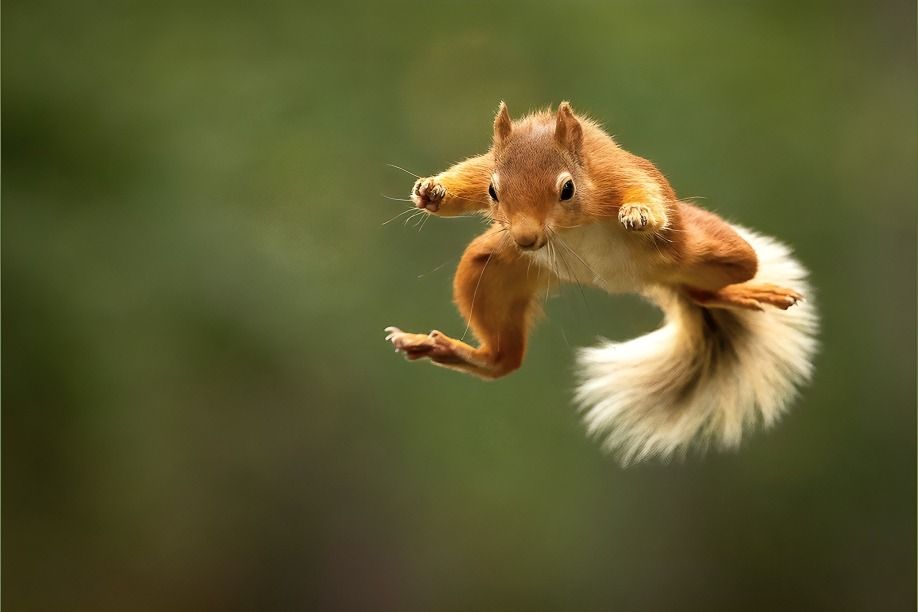
Flying squirrels don't actually fly but glide through the air using a membrane called the patagium. This adaptation allows them to travel between trees efficiently. Their gliding ability is a unique adaptation for navigating their environment.
Often referred to as participating in "Squirrel Olympics," these creatures perform incredible leaps, bounds, and agile movements. Their athleticism highlights their physical prowess and adaptability. Their movements are a testament to their agility.10
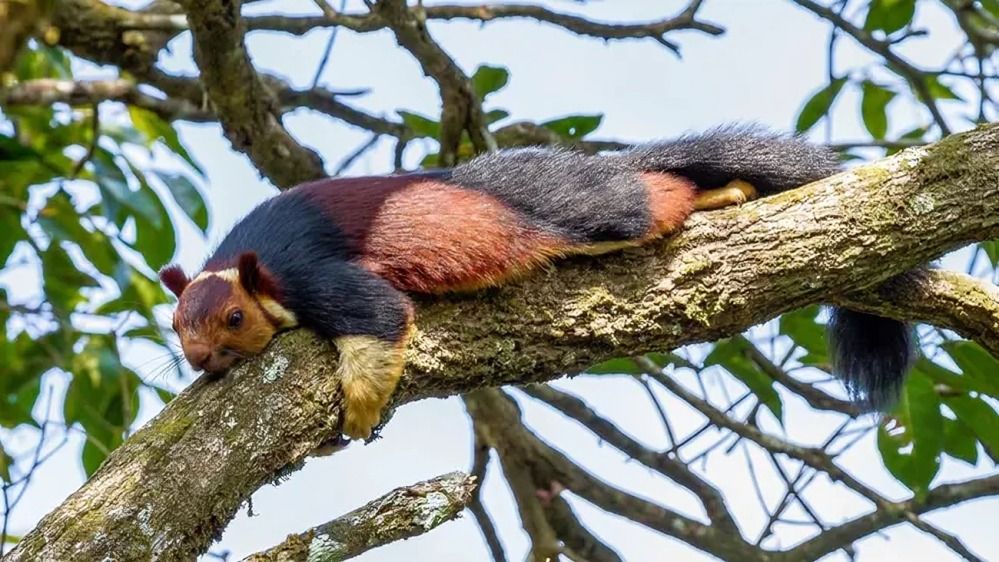
The world's largest squirrel, the Indian or Malabar giant squirrel (Ratufa indica), lives in the forests of peninsular India. Growing up to 1 meter long, including its bushy tail, it leaps up to 6 meters between trees, rarely descending to the ground.
Female squirrels typically give birth to two to eight blind offspring, known as kittens. These babies rely on their mother’s milk for about three months as they grow and develop, gradually becoming more independent over time.11
Some squirrel species, like flying squirrels, are nocturnal and are most active at night. They rely on their keen senses to navigate and find food in low-light conditions. Their nocturnal behavior is adapted to their specific ecological needs.12
The gestation period for squirrels varies by species, generally lasting about 38 to 45 days. Female squirrels prepare for birth by constructing a nest or drey. This period is crucial for the development of the young.13
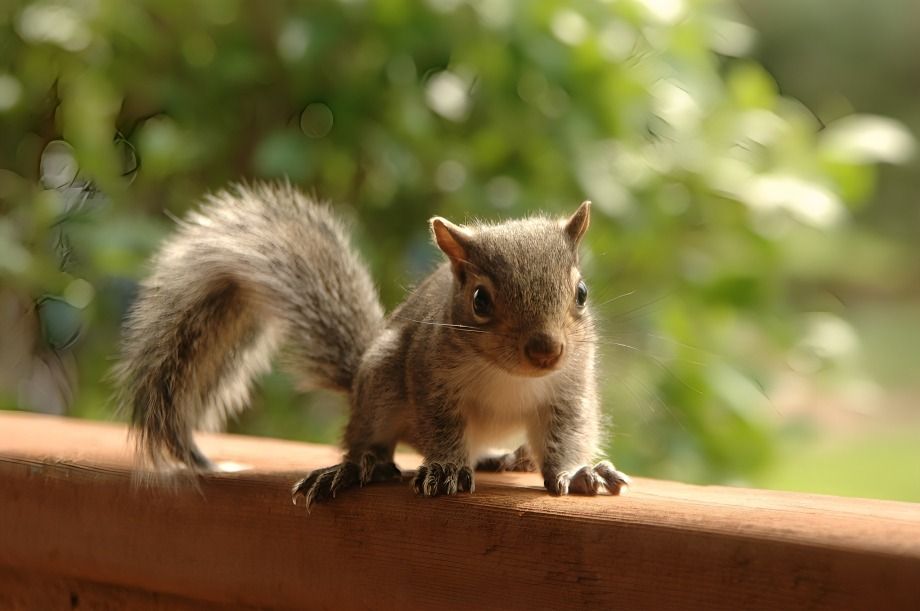
Baby squirrels are born blind and helpless but quickly grow independent within a few months. They learn essential survival skills from their mother. Their early development is a critical phase in their growth.
Squirrels have been observed consuming certain plants and herbs that are toxic or medicinal to other animals. This behavior, known as self-medication, helps them combat parasites and diseases, showcasing their intuitive health management skills.14
Squirrels play a vital role in ecosystems by dispersing seeds and fungi spores. This activity contributes to forest regeneration and biodiversity. Their actions help maintain healthy and balanced ecosystems.15


